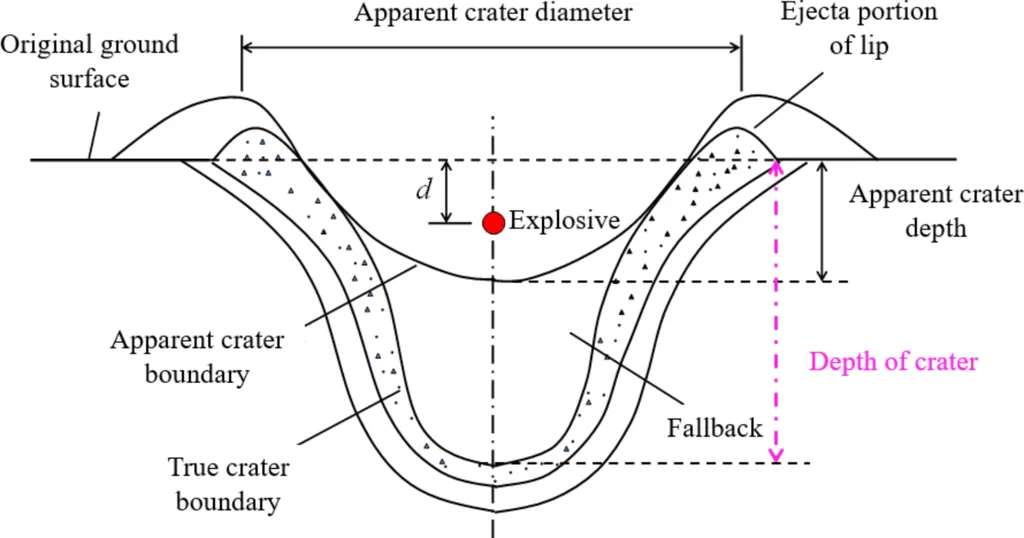In the ever-evolving landscape of construction and energy infrastructure, a groundbreaking study has emerged that could significantly impact the way we approach foundation structures in deep, soft soil environments. Led by PAN Zhuojie of the Geotechnical Engineering Department at Nanjing Hydraulic Research Institute and Hohai University, the research delves into the displacement modes of bucket foundation revetments, offering critical insights for the energy sector.
Bucket foundations are widely used as breakwaters or revetments, particularly in challenging deep soft soil conditions. These structures often face complex backfill load scenarios, making their stability and displacement patterns a subject of utmost importance. PAN Zhuojie and his team, including GUAN Yunfei, LI Wu, HAN Xun, and ZHANG Hongmei, set out to explore these displacement modes through a combination of geotechnical centrifuge model tests and finite element simulations.
The study, published in the esteemed journal ‘Yantu gongcheng xuebao’ (translated to English as ‘Rock and Soil Engineering’), reveals that during the backfilling process inside the bucket, the soil at the bucket bottom is compressed, leading to a settlement-displacement mode. As the backfilling progresses, the soil in the upper part of the land side and the sea side of the lower bucket is compressed, causing the bucket to experience a sliding-displacement mode towards the sea side and an overturning-displacement mode towards the land side.
One of the most intriguing findings is the identification of the rotation center. “The rotation center is located at the bucket bottom on the sea side and gradually moves towards the bucket in an oblique upward direction during the backfilling process,” explains PAN Zhuojie. This discovery is pivotal for understanding the structural behavior of bucket foundations under varying load conditions.
The research also highlights the effectiveness of reinforcing the soft soil foundation with sand piles around and at the bottom of the bucket. This method significantly enhances the vertical bearing capacity and reduces settlement, although it is not effective for reducing lateral loads. “This insight is crucial for optimizing the design and construction of bucket foundation revetments, particularly in the energy sector where stability and longevity are paramount,” adds GUAN Yunfei.
The implications of this research are far-reaching. For the energy sector, which often relies on stable foundations for offshore structures and coastal installations, understanding these displacement modes can lead to more robust and cost-effective designs. By leveraging the findings, engineers can enhance the performance and durability of bucket foundation revetments, ultimately reducing maintenance costs and improving safety.
As the energy sector continues to expand into more challenging environments, the need for innovative and reliable foundation solutions becomes ever more critical. This study not only advances our understanding of bucket foundation behavior but also paves the way for future developments in geotechnical engineering. The research team’s work serves as a testament to the power of interdisciplinary collaboration and the importance of scientific inquiry in driving progress.
In the words of PAN Zhuojie, “Our findings provide a theoretical basis for the study of the displacement mode of bucket foundation revetments, which can be instrumental in shaping future construction practices and standards.” As the industry continues to evolve, this research will undoubtedly play a pivotal role in shaping the future of foundation engineering, particularly in the energy sector.

